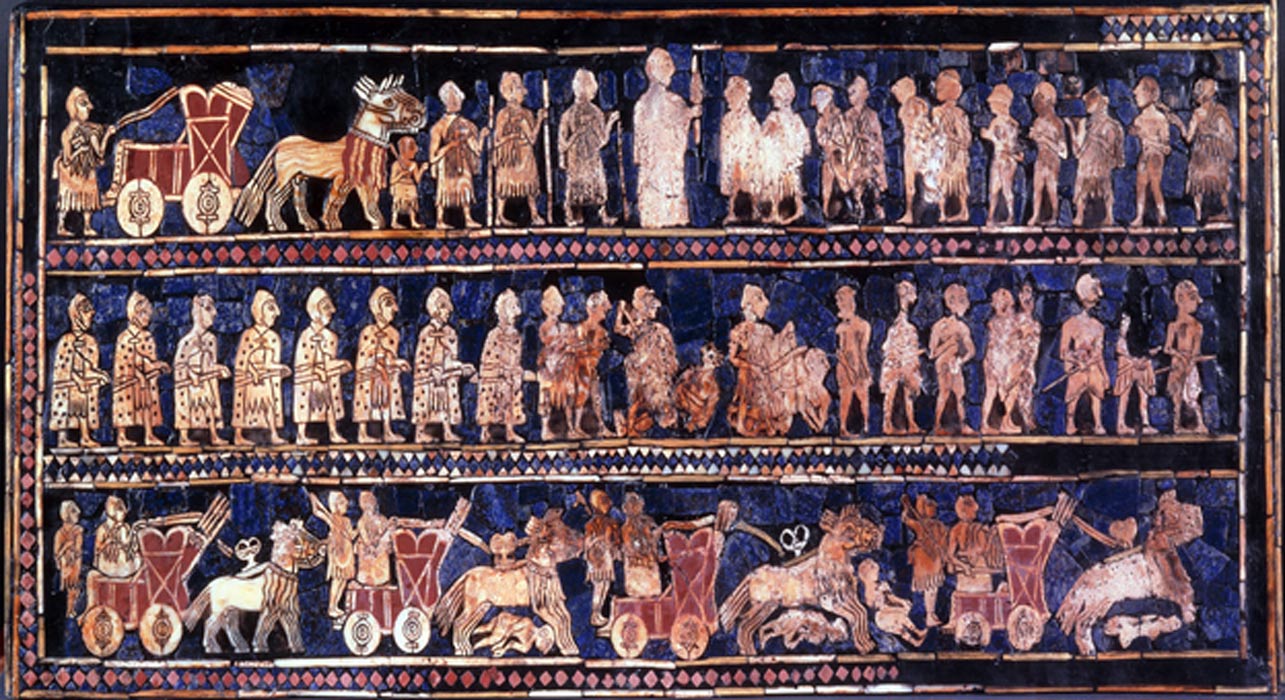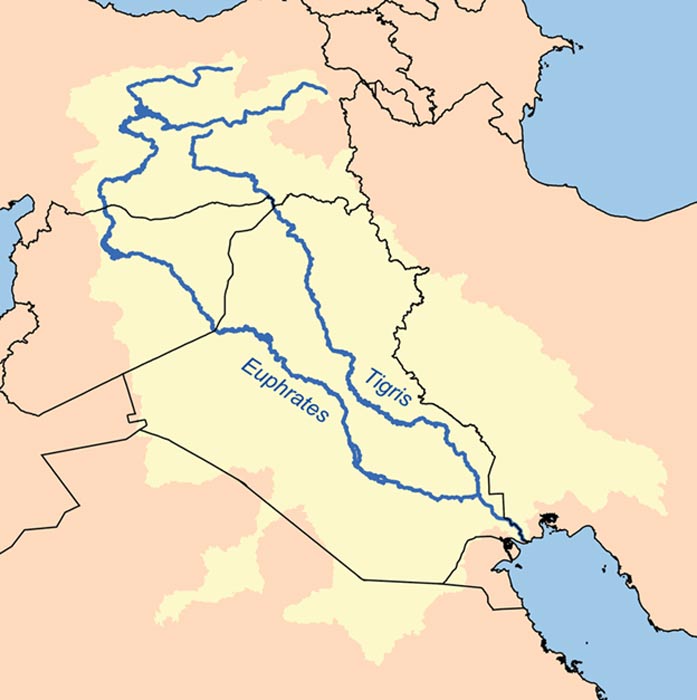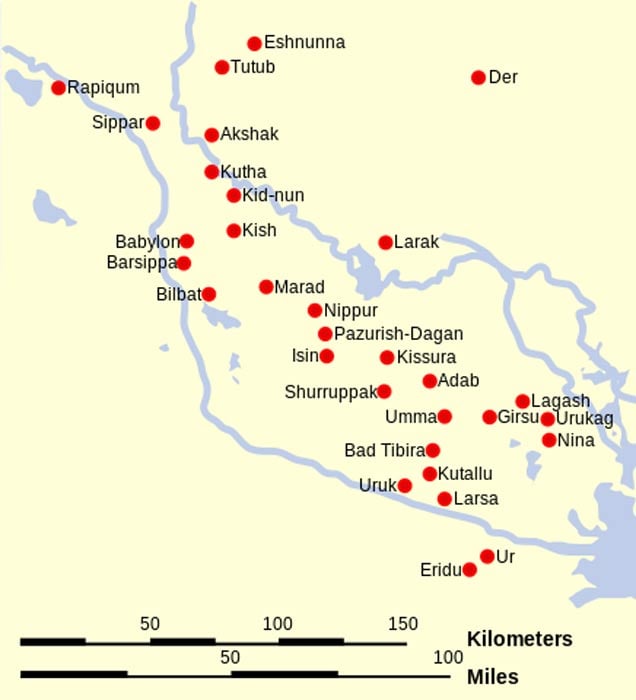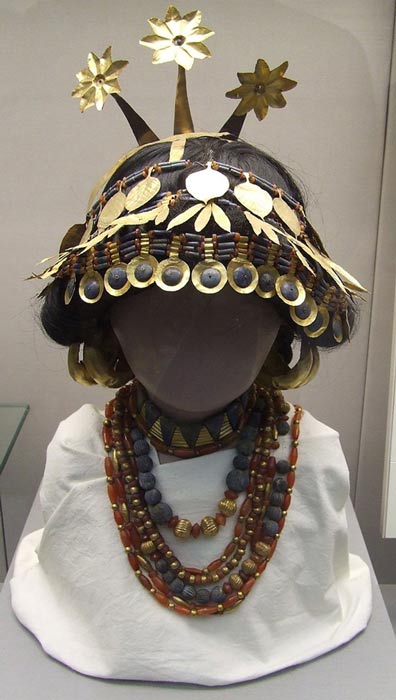
The Sumerian Military: Professionals of Weaponry and Warfare
Between the Tigris and Euphrates Rivers, lies a land once known as Mesopotamia. It was here that humanity found suitable land to rip open and seed. Once the seeds took root, civilization was born.
With food slowly becoming abundant, the population increased and branched out. With prosperity, came external threats. Nomadic elements seeking further wealth encountered these communities and pillaged them. In doing so, they spread their parasitic-like sphere of influence, causing instability throughout the regions and cities of Mesopotamia. This instability gave rise to two things: the rise of the city-state and the professional soldier.
Creating a Civilization
Unlike pastoral societies that roam around looking for food, agriculturalists by teamed together, settling in one spot and growing their food. In doing so they created a village, a society of their own. However, it takes more than farming to create a state.
After a few generations, people slowly began to build upon their knowledge of agriculture, animal husbandry, and writing. With all these skills and many more, villages gained a greater sense of the self. Such awareness allowed for the creation of law, trade, private property, social interest, internal order and a sense of self-identity. This allowed the Mesopotamian villages that dotted the landscape to evolve into a series of city-states.

Map showing the Tigris–Euphrates river system, which defines Mesopotamia. (CC BY-SA 2.5)
The Sumerians were the first to carve out a civilization in Mesopotamia. By the third millennium BCE, the land of Sumer consisted of a dozen or more city-states. These city-states were walled, and surrounded by suburban villages and hamlets.

Map with the locations of the main cities of Sumer and Elam. (Modern Iraq) (CC BY-SA 3.0)





